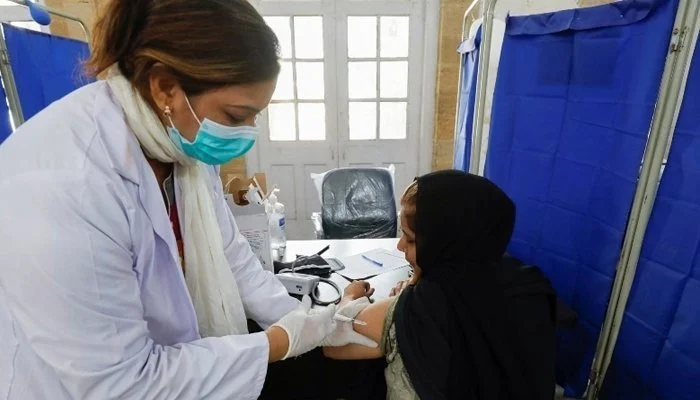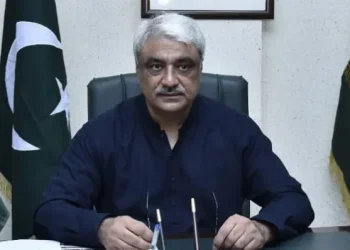For Sindh’s health sector and doctors, Thursday, was an important day. After it was torn away from the centre last year, the governor and ministers finally decided on a strategy for the next eight years. This plan includes what the health sector intends to do and how it will do it till 2020.
According to the chief of the Health Sector Reforms Support Unit, Kiran Noman, their strategy is to focus on seven main areas, including the district health system, human resources, regulation and financing. Investment in the health sector needs to be increased by Rs318 billion. They plan on increasing the inflow of money towards innovative financing systems to reduce out-of-pocket expenditure by the poor. This will be carried out by harnessing funding from the private sector and international organisations.
In the district health system, special emphasis will be given to under-developed districts and urban Primary Health Care. The under-developed districts will be given Minimum Delivery Service Packages in each taluka as well as Essential Service of Health Packages in district headquarters for secondary care.
In comparison to other parts of the country, Sindh is not doing so well when it comes to infant mortality, maternal mortality, nourishment of children, child and maternal anaemia, food insecurity and utilisation of the government health resources. The rate of infant mortality in Sindh is 81 as compared to 78/100,000 in the rest of the country.
The government also plans on making sure that remote and disadvantaged talukas have access to facilities such as the provision of support and outreach measures like transport vouchers, district-based pilots on nutrition and social development via the Benazir Income Support Programme.


















